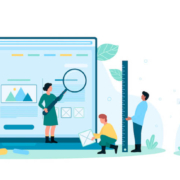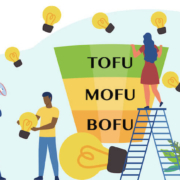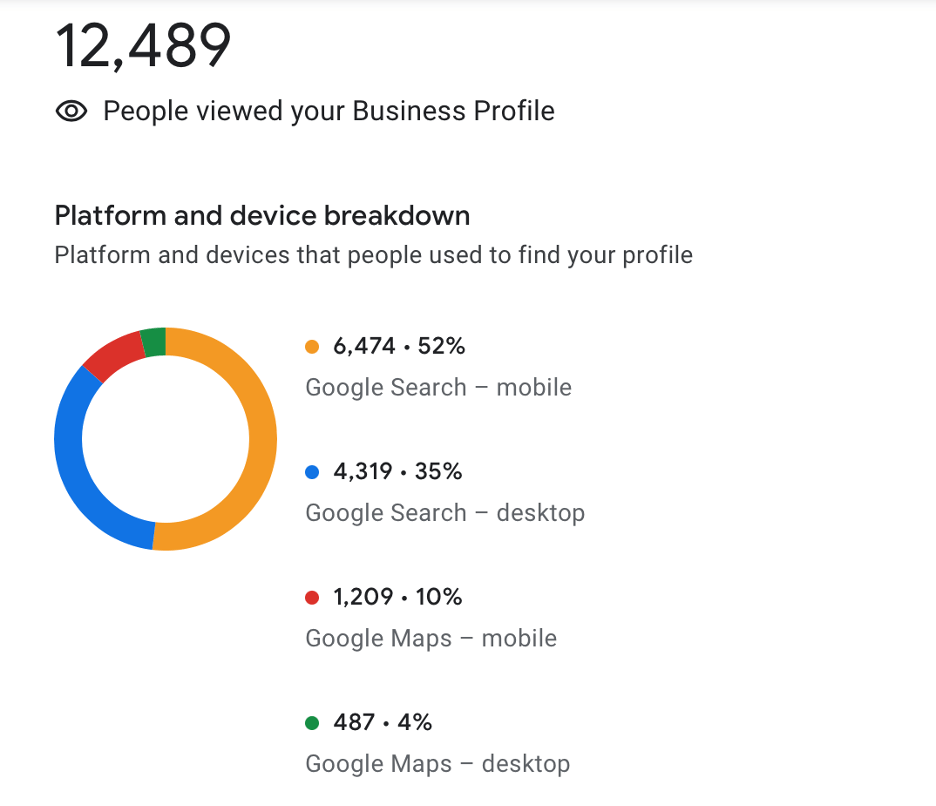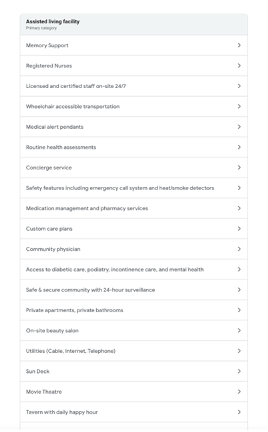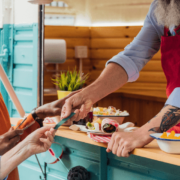Senior Living Lead Management Best Practices
You’ve worked hard to get leads from various sources, like organic search, paid ads, and social media. You might think the hard part is over, but how you manage these leads matters—and it can make or break a senior living community, given the competition. Here are some best practices to know and use.
4 SMART senior living lead management best practices
1. Score leads appropriately
Some leads will be in a hurry—they need to move a parent into assisted living or memory care ASAP. Others will just be getting started on their journey, researching what senior living is. And in between, you’ll have other leads at various points.
If you treat every lead the same way, you won’t have much success.
For example: Good luck trying to rent one of your apartments to a person in their mid-sixties who’s doing early research into independent living. Your sales team won’t get far if they hound the person—and they might do more harm than good, leaving the person with a negative impression of your community. Meanwhile, your team wasted time on someone who isn’t ready to buy—and possibly lost out on someone who is ready.
To avoid this fate, you must score and segment leads appropriately. By “scoring,” we mean having an automated process that identifies and segments high-intent sales-qualified leads (SQLs) from marketing-qualified leads (MQLs).
This is where robust marketing automation, like HubSpot, comes into play. Good automation will score leads (according to the parameters you set) and funnel them appropriately. SQLs will go on to the sales team for follow-up. MQLs will enter relevant lead-nurturing campaigns. For the latter, the marketing automation will send the right email (with the right message) to the right person at the right time.
So, for example, an adult child helping her mom move by next year will enter a lead-nurturing workflow that delivers relevant content. On the other hand, a 60-something person getting a head start on researching independent living will enter a much longer-term email nurturing campaign.
It all begins with scoring leads appropriately, so don’t overlook this step.
2. Respond promptly to third-party leads
Remember, third-party leads are shared leads. In other words, your competitors receive the same leads as you. The community that responds fastest stands the best chance of converting the lead into a tour.
There are some drawbacks to using third-party lead aggregators:
- Third-party leads are expensive. We’ve shared this nugget before, but it’s worth repeating: Most communities pay the equivalent of one month’s rent for third-party leads.
- Third-party leads have low conversion rates. Aggregators get sales reps’ eyes to light up at the volume of leads. In fact, it’s not uncommon for communities to attribute 80% of their total leads to third-party sources. However, the conversion rate for these leads is low (six to eight percent), even though sales teams often spend most of their time on these leads.
- Third-party leads require prompt follow-up. Success in converting third-party leads means winning the “speed to the lead” race. We’re talking a response time of 5 minutes or less on average – and that’s no easy feat.
You’re better off taking the money you spend on third-party leads and putting it towards other tactics, like Google Ads. (A good conversion rate for Google Ads in senior living is eight to 15%.)
We know many senior living communities don’t want to give up lead aggregators. If that’s the case for you, make sure you have a plan for fast follow-up.
Need help? We offer a Speed to the Lead solution that empowers your community to respond quickly to third-party leads, deliver brochures immediately, and follow up using an automated five-step lead nurturing workflow.
3. Have a plan for re-engaging cold leads
Your senior living CRM is probably filled with a fair number of “cold” leads. We’re willing to bet that not all of them are cold. Maybe a sales rep got lazy with following up. Maybe you have a backlog of leads you lumped together before you developed a way to score and segment appropriately. Or maybe a cold lead has since warmed up—but you don’t know this because you’ve written them off.
Instead of assuming all these leads are cold, try re-engaging them. Create a program that focuses on cold leads. (Hint: We have a turnkey program called “Stay in Touch” that makes it easy to re-engage cold leads.)
4. Use a senior living call center to manage inbound inquiries
Too often, communities rely on a front desk greeter or receptionist to field calls from people who want to know more about the community. The problem is that they are not trained and skilled salespeople.
Expecting your on-site sales reps to be available to take sales inquiry calls as they come in is also unrealistic. Your reps will be busy doing tours, meeting with families, and networking.
A better solution is contracting with a senior living call center to manage all inbound inquiries. A good call center (like the one we offer) can qualify, score, and segment leads appropriately. SQLs will go to the sales team (along with helpful notes). MQLs can go into relevant nurturing campaigns. You won’t have to worry about leads falling through the cracks. Learn more about LeadGenie here.
Need help implementing any of these senior living lead management best practices?
We have the lead management expertise you’ve been looking for. Give us a shout if you need help with lead management for your community or communities.


